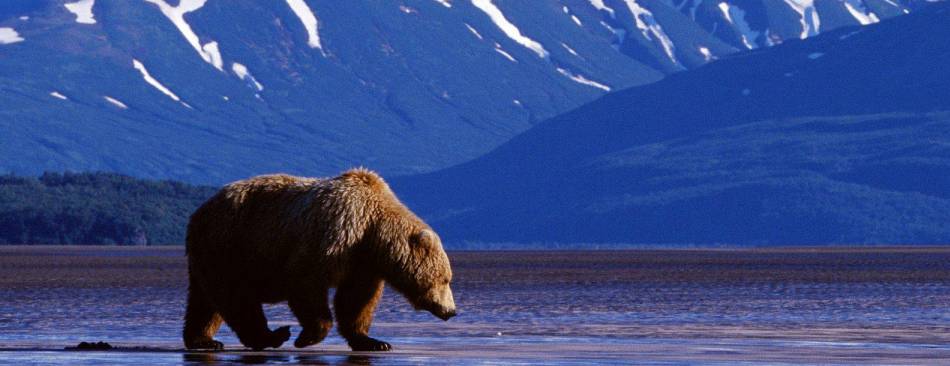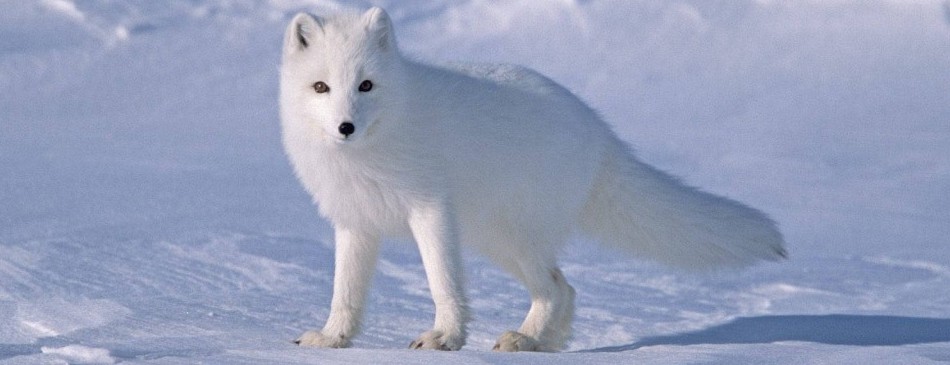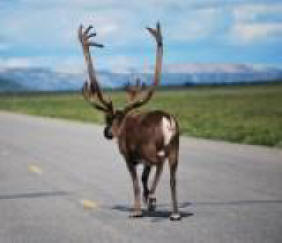Sometimes humans bring wildlife species into Alaska that once thrived here or introduce to an area a new species that people want to hunt. This should be done after careful study so we do not create problems or conflicts with other plants and animals. This is called “introducing” or “reintroducing” a species. Elk were brought to Alaska so people could hunt them and are considered an introduced species, although fossilized bones indicate elk once lived in Interior Alaska many thousands of years ago.
Two types of elk can be found in Alaska today: Rooseveltelk and Rocky Mountain elk. Elk, which are a member of the deer family, were first released into the wild on Afognak Island near Kodiak Island in 1929 and then to Etolin Island near Petersburg in Southeast Alaska in 1987. Both of these new Alaska populations began with a small number of elk brought in from Washington and Oregon. The herds eventually grew in size. From the original eight transplanted calves, Afognak elk had expanded to approximately 1,200 to 1,500 animals by 1965. A series of hard winters with heavy snow accumulation during the late 1960s and early 1970s resulted in extensive natural mortality and reduced calf production and survival. By the mid-1980sthe population had recovered to number about 1,200 animals. In the late 2000s the herd was stable at 900 elk.
Approximately two-thirds of the 50 elk introduced to Etolin Island died from predation, starvation, and accidents within 18 months of release. Despite the high mortality, the elk population had increased to an estimated 100–125 animals by the early 1990s and elk had successfully dispersed to neighboring islands, establishing a second breeding population on Zarembo Island. A current subjective estimate of the elk population on the two islands is approximately 400 animals ,with about 75 percent on Etolin, and the remainder on Zarembo. Elk numbers on other islands are low. Factors which may limit the growth of elk populations include hunting, starvation, disease, predation by brown bears, and a lowered birth rate when the animals become too numerous to be supported by the available food supply. Timber cutting and the development of logging roads also impact an area's carrying capacity for elk.
Today, elk are provide an important source of meat for people. Elk now live on Afognak and Raspberry Islands and number about 900 elk in eight herds. They can swim in the ocean to Kodiak Island but have never established a herd there. Southeast elk now live mainly on Etolin Island and nearby Zarembo Island, and number about 400.
Elk share many similarities with moose, deer and caribou. They are usually smaller than moose and larger than deer or caribou. Bulls (the males) stand about five feet tall at the shoulder; cows (the females)are about six inches shorter. The legs and neck of elk are usually darker in color than their body. Elk also have a distinctive light beige or yellow patch on their rump.
Elk calves are born in late May or early June when abundant food is available for the mother and the mild weather increases the calves' chances for survival. Birth usually occurs under the cover of dense spruce forests, hidden from predators and protected from the elements. Calves are born with protective coloration (light spotted areas on the back which act as camouflage). A few days after giving birth, the mother joins other cow elk with calves. A single cow will often “babysit” with the calves while the remaining cows seek food. As summer progresses, elk bands move above timberline and feed on the alpine slopes where breezes keep biting insects at bay and young plants are highly nutritious. By July, the calves, although still nursing, begin feeding on succulent forbs. Newborn elk calves start outweighing about 35 pounds. Adult bull elk on Afognak Island can weigh up to 1,300 pounds!
An elk’s top two canine teeth are called ivories. Though smaller than they used to be, scientists believe they aret he remains of saber-like tusks that elk used long ago for fighting. A hundred or so years ago, there were only six land mammals on islands of the Kodiak Archipelago: tundra vole, shorttailed weasel, little brown bat, river otter, red fox and brown bear. Because people wanted animals to hunt for meat, they introduced Sitkablack-tailed deer and elk.
Elk need lots of food to survive! Elk are hardy animals whose large body size and herding tendencies require tremendous amounts of food. From late spring to early fall with a wide variety of food available, elk are mainly grazers, using grasses, forbs, and other leafy vegetation. By late fall they become browsers, feeding on sprouts and branches of shrubs and trees. The elk can become its own worst enemy as large herds often damage their food supply by excessive stripping, trampling, and overcropping of staple food plants, including willow and elderberry. For this reason, it is important to keep elk herds from becoming too large in relation to the available food supply.
|
|







